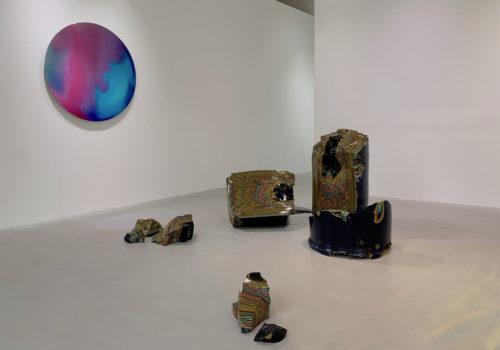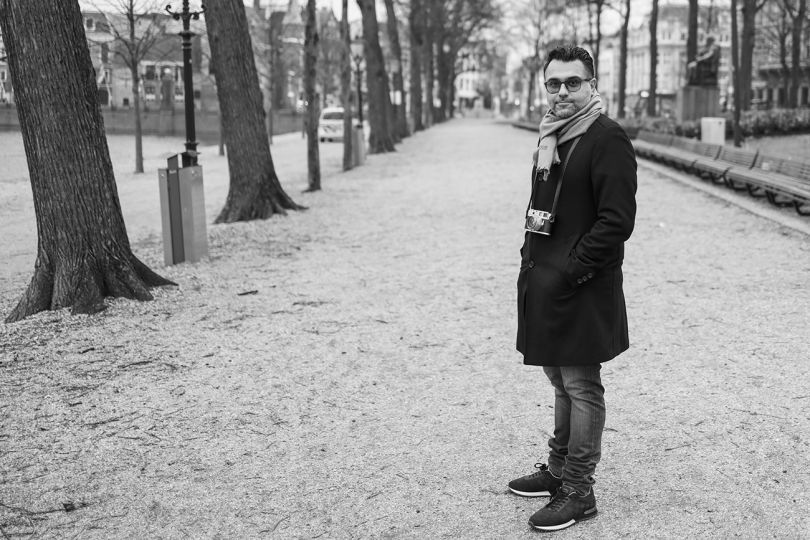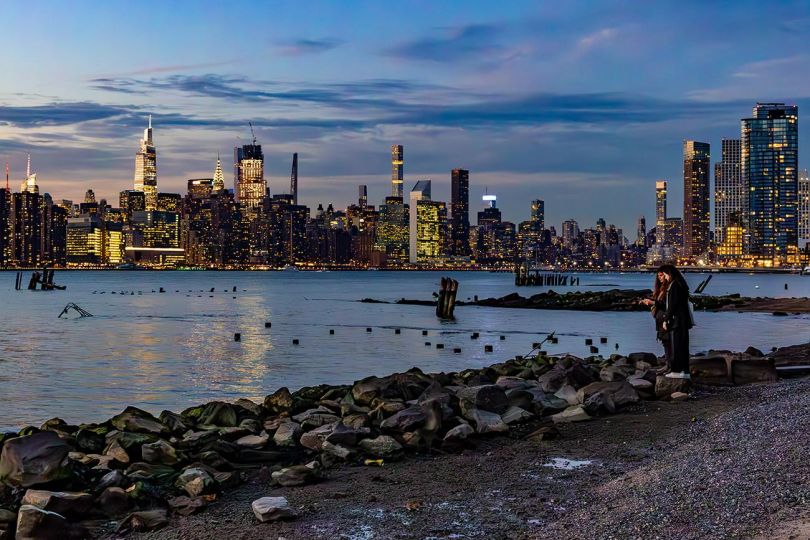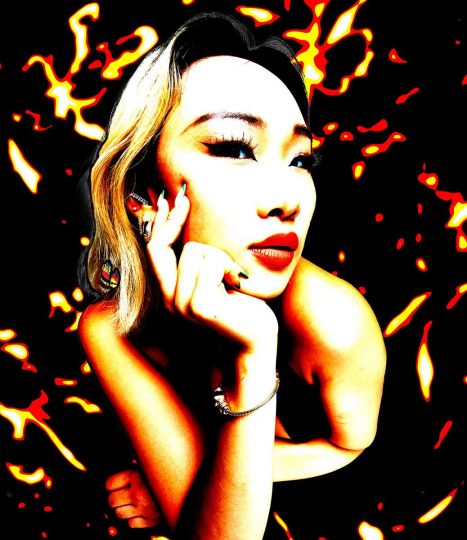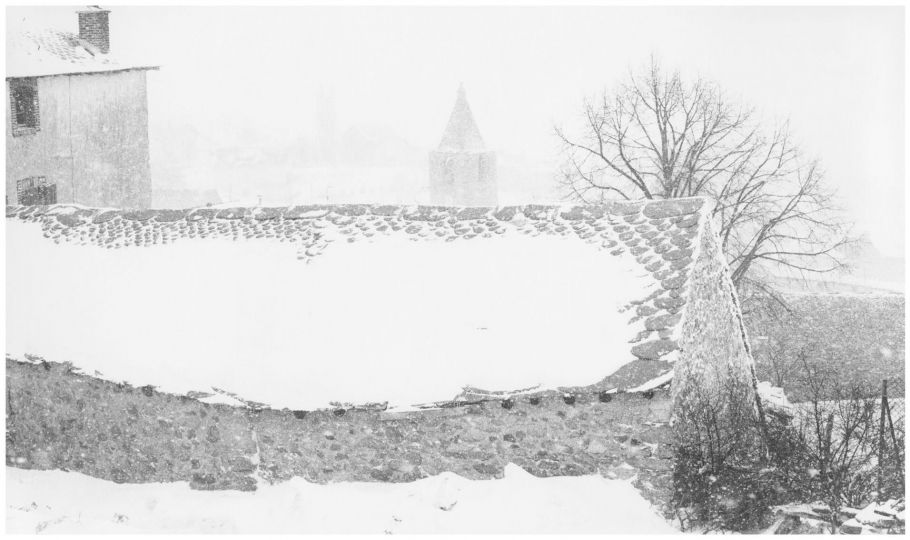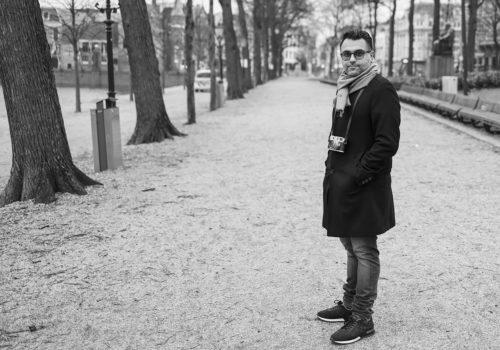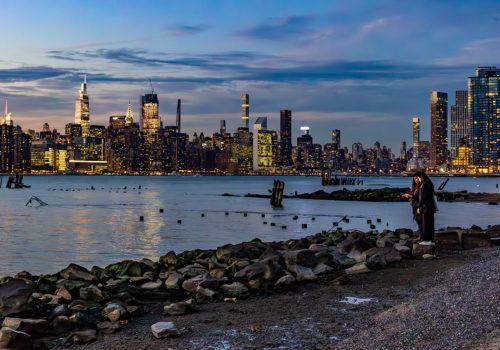Kana Kawanishi Tokyo Yoshiki Omote (1992 Japan) (images 50 )
Yoshiki Omote is an artist renowned for his works that convert large-scale schemes and phenomena into sizes of daily life. In the “Turbulence” series, he represents atmospheric movements on a two-dimensional surface. A massive amount of resin is poured onto the surface of a mirror, with several ink drops added. He then leaves the work as is for a few days, allowing the liquid to move organically and blend into each other while it hardens, generating an unexpected composition over time. The artwork consists of a mirror, ink, and reflection, and is a pure conversation of the phenomenon of light, which photography stands for.

